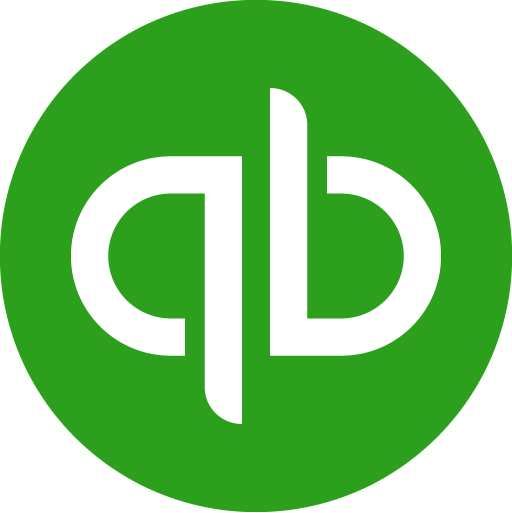If you’re a business owner, manager or sales manager, you probably already know the value of customer retention. Return customers are the cornerstone of business stability and growth.
However, just keeping your customers does not mean your net revenue retention rate is great. In fact, you can retain every single customer, but if your revenue does not grow, it’s time to take a closer look at your net revenue retention. Here’s what you need to know.
How to Calculate Net Revenue Retention
To calculate your net retention rate or NRR, you first have to calculate your monthly retention rate or MRR. This is also known as your Monthly Recurring Revenue.
To calculate your MRR, you need to know how many customers you have and how much they spend every month on recurring billing or subscription-based contracts.
Once you know what your MRR is, the formula for net revenue retention is:
[(MRR of previous month + expansion revenue – subscription downgrades - churn) / MRR of the last month] x 100% = NRR
That sounds very complicated, but what you are really doing is calculating whether your net revenue retention per customer has stayed the same, increased, or decreased.
Difference Between Gross and Net Revenue Retention
Gross revenue retention does not account for expansion revenue, while net revenue retention does. This means that NRR, by definition, is a little more accurate measure of where your business is and how it is doing.
Both gross and net revenue retention can tell you if your business is moving in the right direction, but NRR will give you a more accurate figure.
Dollar-Based Net Revenue Retention Rate
Dollar-based net revenue retention, or Net Dollar Retention as it is sometimes called, is a figure that represents how many of the previous year’s customers you have retained in your business and how much they have spent.
This is important because you not only want to see month-over-month growth, but you also want to retain a high percentage of customers that you first acquired in previous years.
The more existing customers you can retain year on year, the more stable your growth and revenue will be moving forward.
These kinds of figures are especially important for SaaS startups and early-stage companies, who probably have investors and other stakeholders who want to view sales and revenue data regularly and who expect to see “hockey stick” growth.
Net Revenue Retention Definition
Net revenue retention is a business metric that is usually used by SaaS companies to measure how many customers they retain at the same or higher subscription rates month over month and year over year.
In order to grow a SaaS or subscription-based company, ideally, you want to retain customers that you’ve already signed up at the same or higher rate as before and, at the same time, sign up new customers.
If you can keep your existing customers happy and paying their subscription fees every month, then any new customers you can sign up are not only growth of your customer base but also genuine revenue growth.
Net Revenue Retention Meaning
When you have a SaaS or subscription-based business, recurring customers are a little like anchor tenants in a shopping mall. They’re a dependable source of revenue that you don’t have to work hard to sell. They’re already signed up, and their payments are made monthly.
The net revenue retention formula lets these companies calculate not only how many customers they have retained from previous months or periods but also whether those customers are spending (on average) less, the same or more.
SaaS businesses that want to grow steadily want to retain customers either at the same average subscription fee per month or period or upsell them to a more expensive package. If your net retention in SaaS goes up consistently, you’ve probably got a great customer acquisition and retention plan.
Net Revenue Retention Benchmarks
When you are calculating your net revenue retention using the net revenue retention formula, ideally, you want to see a result of at least 1:1 or 100%.
These figures or ratios mean that you have not seen a drop in customer retention.
However, stability in business does not equal growth, and the benchmark for growth using your net retention rate is any figure that is over 1 or 100%. So if you have a net retention rate of 120% it really means you’ve seen a 20% increase in spending by retained customers.
When your net revenue retention percentage falls below 100%, it’s a clear sign that something is wrong. This can help your sales and marketing team to examine what is driving customers to downgrade or choose another solution, so you can make the changes you need to keep your service on a positive growth path.
LiveFlow Makes Custom Reporting Simple
As you can probably imagine, calculations like the net revenue retention formula don’t come standard in accounting software like QuickBooks. It’s a fairly industry-specific metric, so it’s usually something your accountant and the financial team will have to calculate on their own.
Usually, that means a custom spreadsheet that you need to manually update at regular intervals.
That’s why we built LiveFlow.
While we know that accounting software like QuickBooks can generate many standard reports, it’s not customizable when it comes to things like net retention for SaaS companies.
The LiveFlow platform lets you create a live link between your accounting software and Google Sheets, so you can create custom reports that update in real-time. Map the data from your accounting package to the appropriate cells in your sheet, and you’ll always have up-to-the-minute data about retention revenue at your fingertips when you need it.
If you’d like to find out more about LiveFlow and how it can help your SaaS company to track critical metrics like retention revenue, contact our team. We’re happy to answer questions or arrange a live demo.




.png)





